In early April 1943, the 43rd Bomb Group was repeatedly sent on missions to keep an eye on the Japanese base 150 miles northwest of Rabaul at Kavieng, New Ireland. On April 2nd, no shipping activity was observed, but Australian Coastwatchers reported seeing somewhere between 10 and 12 ships around the harbor area. Just in case the Japanese were planning a convoy mission, eight B-17s from the 64th Squadron were loaded up and sent out to disrupt those plans in the wee hours of April 3rd.
To keep Japanese from locating the B-17s easily, pilots flew with blacked out instrument panels. Their only source of light was provided by the stars. “In this way our night vision became very acute,” wrote pilot Arthur T. Curren. “In fact on long night missions we flew the B-17 by fixing reference stars in the corners of the windshields and flew by the seat of pants, not artificial horizons, etc. I can’t really explain to you or understand myself at this late date [50 years later] the visual cues and sightings I used to fly this mission.”
Arriving over Kavieng and its harbor, each formation’s flight leader stayed near the base to drop an occasional bomb, another B-17 stayed high above the action to drop flares illuminating the anchorage and the rest of the B-17 crews hunted for ships to skip-bomb in the harbor. When the Japanese heard the planes, they sent up tracer rounds in attempt to locate them. Gunfire of all sorts flew around the harbor as the Japanese refused to turn on their searchlights and give away the positions of their ships. At one point, Curren noticed a flare burning beyond his right wing, likely on the deck of the heavy cruiser Aoba.
Lieuteanant Curren began his skip-bombing approach and was greeted by heavy antiaircraft fire. “Suddenly, I realized that we were headed directly into the side of a Japanese cruiser, just aft of the pagoda [the tall tripod structure amidships] and below the height of the bridge and forward structure.” He held his course and altitude until the bombardier confirmed that the last bomb had dropped, then “I jerked back on the controls and we cleared the ship. None of the crew, including co-pilot Roger Kettlleson, have any idea of how close we came to tripping over the steel superstructure. The navigator later reported he thought we would hit the water when his altimeter read 50 feet below sea level on the bomb run.”
Curren’s tail gunner reported that three bombs exploded and the crew felt two shockwaves and witnessed bright explosions from the cruiser. After that run, it was time to head for home. While the flight back was uneventful, Curren’s landing nearly turned precarious when he realized that the landing gear had not lowered. He pulled up, flew around, then landed with the gear down. Later, it was reported that one of the bombs from Curren’s plane scored a direct hit on the Aoba and the other two explosions were actually from two of the ship’s torpedoes subsequently exploding. The Aoba was towed to Truk, where it underwent initial repairs for three months, then was moved to Kure, Japan for six months’ worth of more extensive repair work.
Using a B-17 for night skip-bombing missions was no easy task. This post summarizes the vivid description written by Lt. Curren and printed in Ken’s Men Against the Empire, Volume I. We highly recommend our readers pick up a copy of the book for his full story.





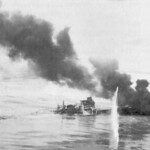
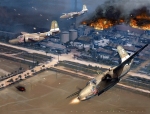

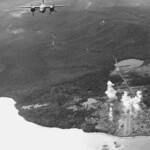
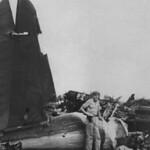




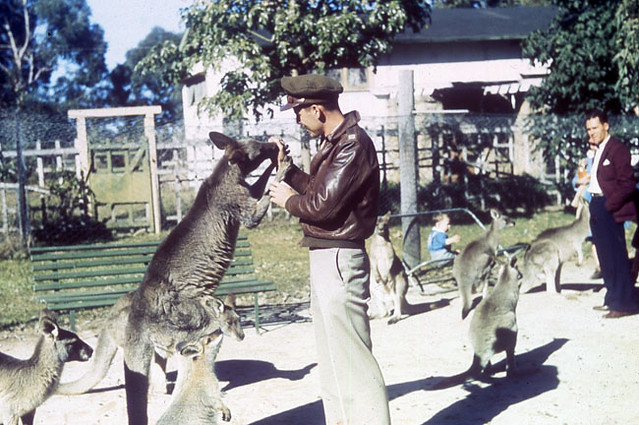








 7.
7. 
